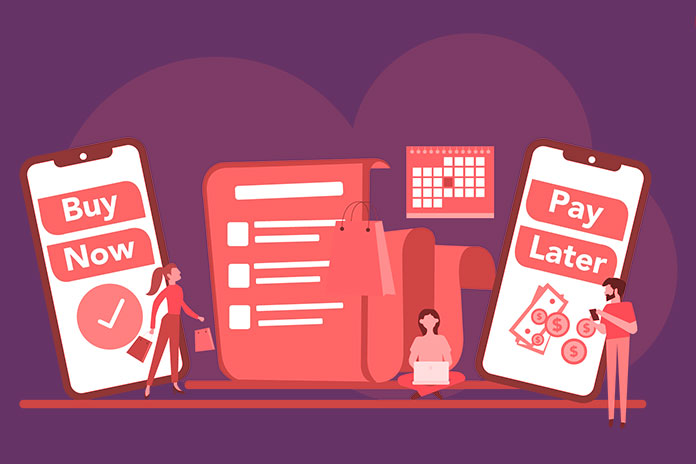In a fast-paced, flexible world, convenience and glamour is what everyone wants in retail. The static model for payment has been built on an upfront concept of paying – but that may no longer always be realistic or sustainable. That’s where buy now pay later (BNPL) steps in – it’s a win-win for merchants and customers alike. And if you include payment orchestration along with BNPL, this interesting approach is really taking off among companies.
Table of Contents
What is Buy Now Pay Later?
Buy now pay later is a payment method where consumers can purchase items and make payments for them over time. As compared to paying the full amount at once, customers can bring their payments together into smaller amounts divided throughout the period of purchase. Because of its value proposition– young people particularly love the financial discipline this arrangement provides– which is why this kind of payment has become enormously popular among the younger demographics
Also read: 3 Things To Know About Transferring Money Digitally
Benefits for Consumers
- Flexibility: BNPL gives consumers flexibility when it comes to paying for their purchases over time instead of having to have the entire amount all at once. This can be especially helpful if it’s an expensive item or an odd expense.
- Financial control: By spreading out their payments, consumers have better control over their finances. They can align their payments with their budget and avoid getting overwhelmed with large, immediate expenses.
- Interest-free options: Many BNPL providers offer interest-free payment plans for shorter durations. This means consumers can enjoy their purchases without the burden of accruing interest charges.
- Easily available payment choice: Most providers have a very simplified online process with no requirements whatsoever making it accessible to a wide range of consumers.
- Enhanced shopping experience: BNPL isn’t just about providing financial benefits, but enhancing the overall shopping experience. With more flexible payment options available to consumers, they are likely to make larger purchases and explore other products or services.
Benefits for Merchants
- Increased conversion rates: By offering BNPL as a payment option, merchants can attract more customers and increase sales. The appeal of spreading out payments encourages consumers to make purchases they may have otherwise postponed or abandoned.
- Higher average order value: Studies have shown that when given the option to pay in instalments, consumers tend to spend more. This translates into a higher average order value for merchants, ultimately boosting their revenue.
- Reduced cart abandonment: Cart abandonment is a significant challenge for online retailers. BNPL can help reduce this problem by giving consumers an alternative payment method that overcomes upfront cost barriers.
- Improved customer loyalty: By offering a flexible payment solution, merchants can create trust and loyalty with their customers. This translates to repeat purchases, higher customer satisfaction rates as well as positive word-of mouth referrals.
- Integration with different platforms: With payment orchestration, merchants can easily integrate BNPL as a payment option across multiple platforms, including online stores and mobile apps. This seamless integration streamlines the checkout process, making it convenient for customers.
The Role of Payment Orchestration
Payment orchestration is an important element of the BNPL success as it provides a smooth and efficient payment process. Through the utilization of a payment orchestration platform, merchants are able to easily integrate different methods of payments such as BNPL into their existing systems. This makes processes easier for customers as they experience less friction and have improved experiences with these transactions.
Also read: Have You Been A Victim Of A Paypal Scam? This Is How You Can Claim It
Conclusion
In conclusion, buy now pay later combined with the payment orchestration offers a win-win solution for both merchants and consumers. Consumers get flexibility and financial control they seek and merchants get increased sales, higher average order values as well as improved customer loyalty.


